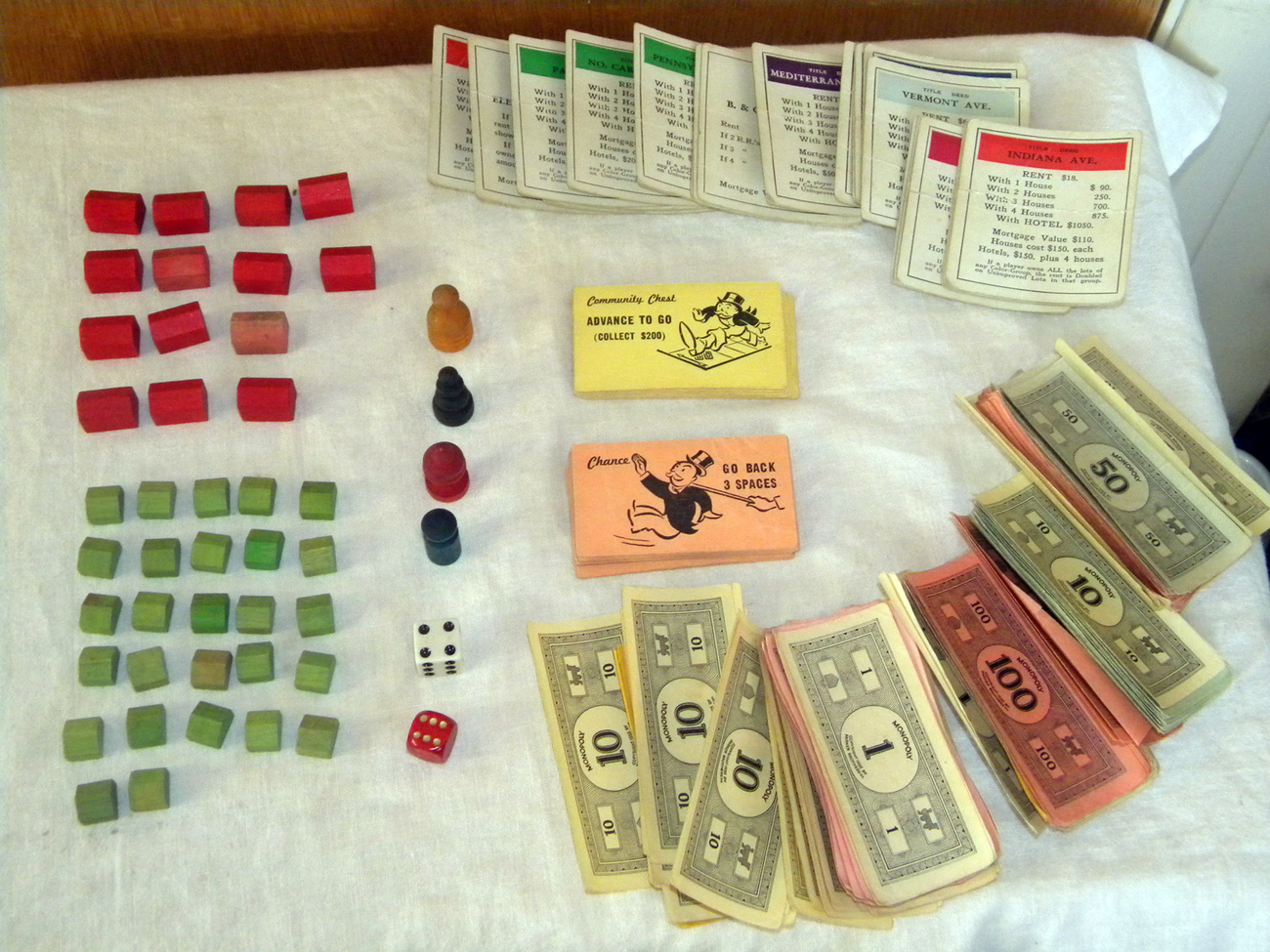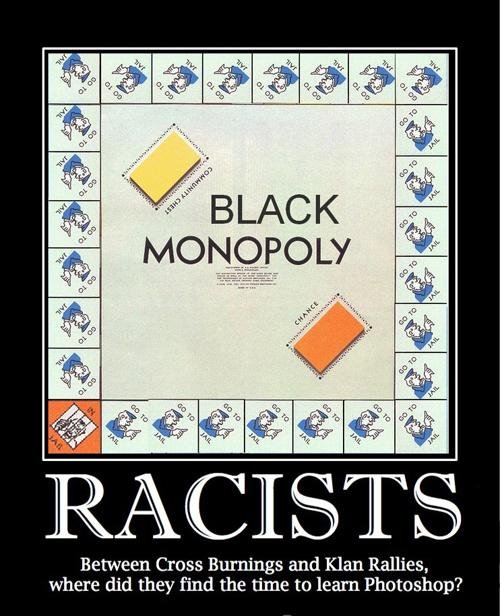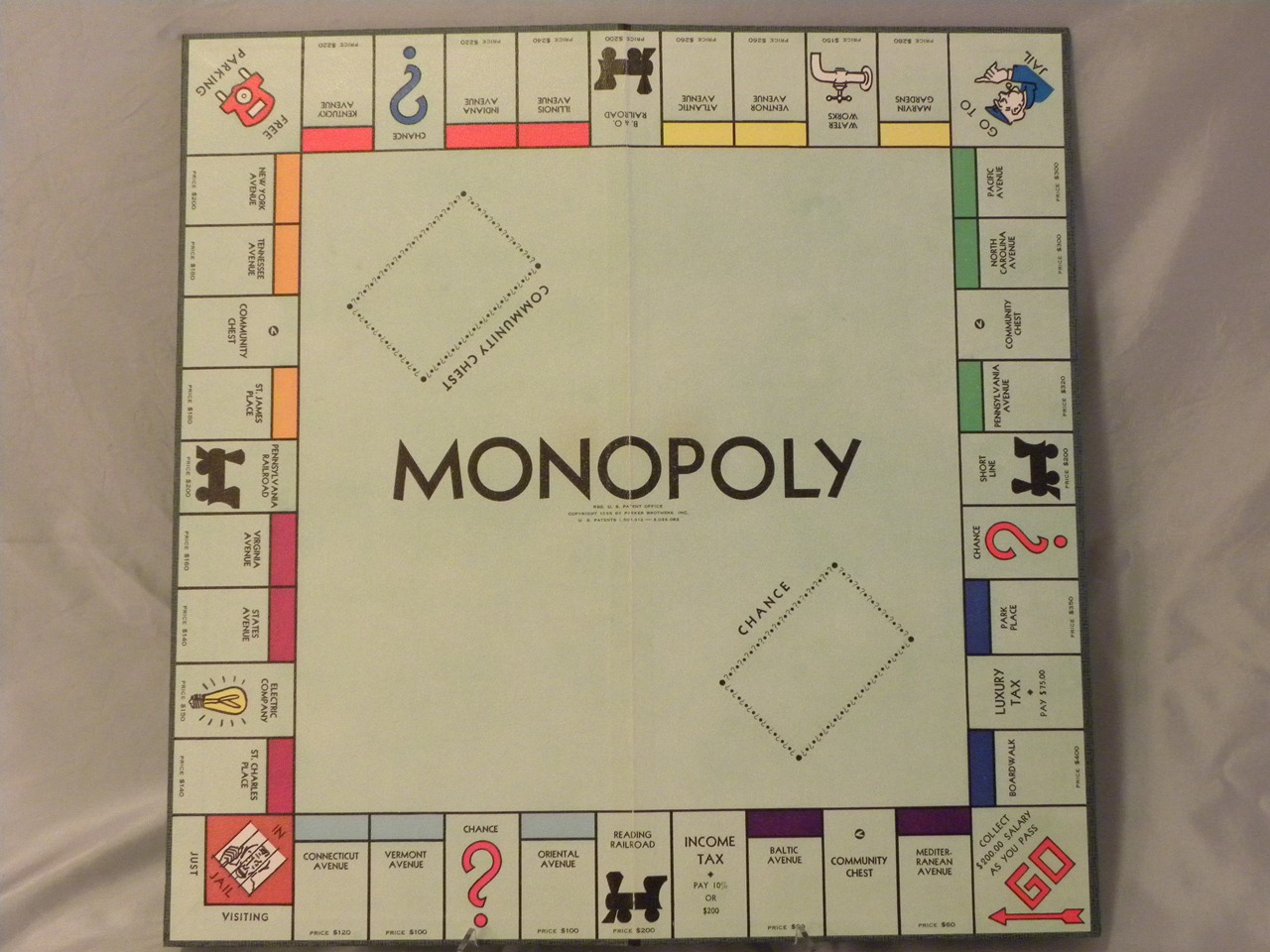

Kansans were very familiar with Henry George's ideas. For example: "Throwing a two: 'Caught robbing the public-take $200 from the board. The rules also take a stab at corrupt officials.

#HISTORY OF MONOPOLY GAME PIECES FREE#
Other aspects of the game, such as the Public Park being free and players receiving money each time they pass Mother Earth, advocate the belief that the land is common property. Even the name "Landlord's Game" is a play on words, suggesting that landlords are devious. The rules of the Landlord's Game clearly send a Georgist message, but other elements of the game (such as the prominence of railroad companies) subtly reflect both the reality of life and the greatest concerns of Georgists.

This the players can prove for themselves and they can also prove what must be the logical outcome of such a system, i.e., that the land monopolist has absolute control of the situation." She goes on to state that, "the remedy is the Single Tax." Maggie wrote game rules that would "prove how the application of the Single Tax would benefit everybody, by equalizing opportunities and raising wages." The rules for her 1906 version state that the game, "is based on present prevailing business methods. Maggie spread George's message by designing the Landlord's Game to demonstrate the virtues of the single tax and the evils of monopolies. George believed that land should belong to everyone and all income from the land should go to the community. This meant that the only tax that people would pay would be on the value of the land, regardless of what might be built on it. This economist believed many of society's social and financial problems were caused by people who had complete control over land or an industry (monopolists). Lizzie Maggie was a follower of Henry George. For example in the Landlord's Game "Mother Earth" and "Central Park Free" are translated into "Go" and "Free Parking" in Monopoly. It differed in some aspects from the board with which we are now familiar. Maggie in 1904, The Landlord's Game had all the basic features of Monopoly and therefore can be considered the first Monopoly game. Perhaps the biggest monopoly secret is that it was derived from The Landlord's Game. For the game's original inventor, the message was about economics and morals. Railroads, community chest, free parking-all these parts of Monopoly contain a message. There's much more to Monopoly than you thought. Signs of wear and use must mean the game was a favorite of Lois's family throughout its 60 years of use. This Monopoly board was owned by Lois Hunter of Parsons, Kansas.


 0 kommentar(er)
0 kommentar(er)
